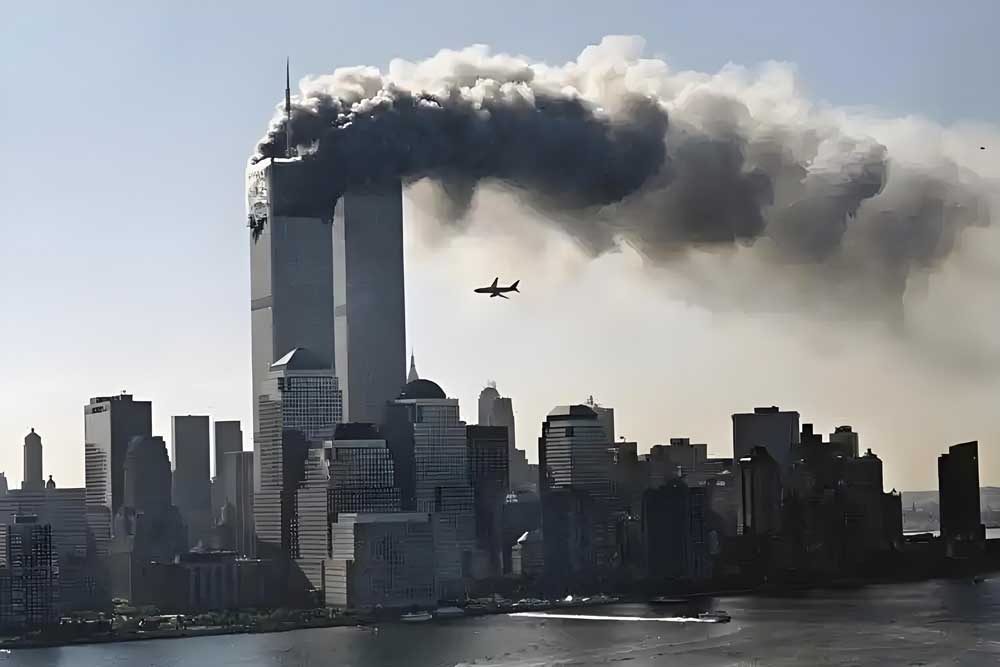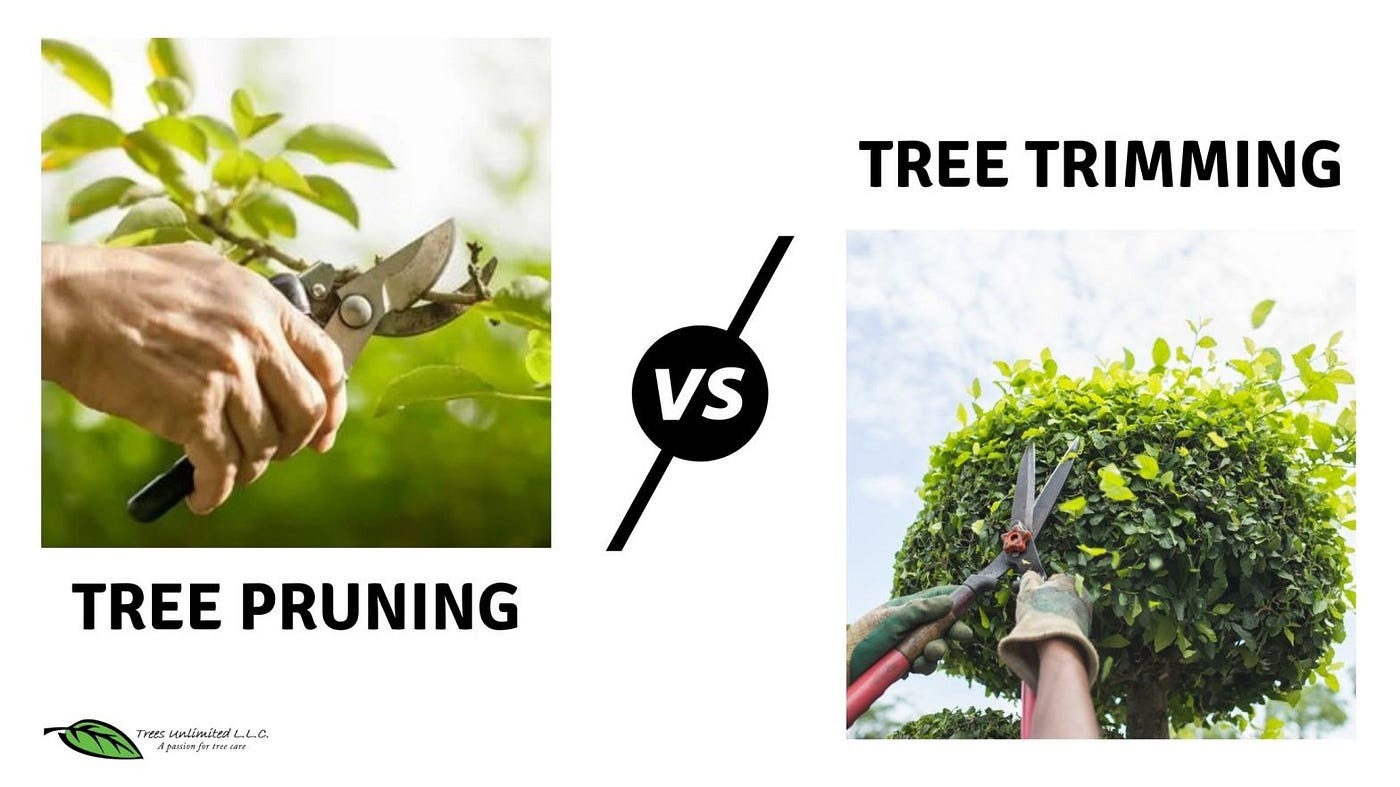The Anatomy of a Modern Crisis: How Yemen Became a Testing Ground for 21st-Century Warfare
Yemen’s crisis is a laboratory for 21st-century conflict—a fusion of tribal rivalries, proxy wars, and technological warfare. The nation’s tragedy is not merely a regional feud but a blueprint for how modern conflicts exploit globalization’s vulnerabilities, leaving civilians entangled in a web of geopolitical ambitions.
The Spark That Ignited the Storm: Roots of the Conflict
Yemen’s Fractured History: From Tribal Divisions to Regional Power Plays
Yemen’s identity is a mosaic of tribal loyalties and historical divides. The north-south divide, exacerbated by colonial legacies, set the stage for a conflict that pits not just armies but entire societal fabrics against one another.
The Al-Qaeda Factor: How Terrorism Became Collateral in a Broader Struggle
Al-Qaeda in the Arabian Peninsula (AQAP) emerged not as a primary actor but as a beneficiary of chaos. Its growth thrives on the vacuum left by collapsing governance, turning Yemen into a hub for extremist recruitment and global terror networks.
The Airstrike Equation: Technology, Tactics, and Tragedy
Precision Bombs and Civilian Casualties: The Illusion of “Clean War”
Modern warfare promises precision, yet Yemen’s skies tell a different story. “Smart bombs” often miss their targets, reducing villages to rubble and civilians to collateral damage. The illusion of surgical strikes masks a brutal reality.
The Role of Drones: When Technology Fails to Mitigate Human Suffering
Drones, once hailed as tools of efficiency, have become instruments of attrition. Their constant surveillance and strikes create a climate of perpetual fear, normalizing violence in a way that traditional warfare never could.
Global Players on the Yemeni Chessboard
Saudi Arabia’s Strategic Overreach: Oil, Influence, and the Cost of Intervention
Riyadh’s intervention, framed as a defense against Iranian encroachment, has instead entrenched its military overextension. Billions in arms spending and thousands of lives lost underscore the folly of conflating geopolitical dominance with national security.
Iran’s Shadow War: Propping Up the Houthis with Proxy Tactics
Tehran’s support for the Houthis is a masterclass in asymmetric warfare. By avoiding direct involvement, Iran amplifies its influence while shielding itself from international backlash, turning Yemen into a proxy battleground.
The Human Cost: A Nation in Free Fall
The Silent Victims: Children, Healthcare Workers, and the Forgotten Majority
Yemen’s children are its most profound casualties. Schools lie in ruins, and pediatricians ration dwindling supplies, their efforts overshadowed by the roar of jets overhead.
Famine as a Weapon: How Blockades Starve a Population into Submission
The Saudi-led coalition’s naval blockade has weaponized hunger, turning malnutrition into a strategic tool. A nation once self-sufficient now relies on aid, its people trapped in a cycle of starvation and dependency.
The International Community’s Dilemma
The U.S. Role: Arms Deals, Intelligence Sharing, and Moral Complicity
U.S. arms sales and drone intelligence have fueled the war, cementing America’s role as an enabler of civilian suffering. The moral calculus of “stability” versus “principle” remains unresolved.
United Nations’ Broken Promises: Resolutions That Never Materialized
UN resolutions on ceasefires and aid access gather dust, victims of geopolitical inertia. The organization’s failure to enforce accountability has eroded its credibility in the eyes of Yemenis.
Media Narratives: Framing the Conflict for Global Audiences
The Erased Faces of Yemen: Why the World Looks Away
Yemen’s suffering is often reduced to a headline, its people faceless statistics. The lack of a cohesive narrative allows the world to avert its gaze, prioritizing convenience over compassion.
Social Media’s Double-Edged Sword: Amplifying Suffering or Exploiting It?
Platforms like Twitter amplify survivor stories but also risk reducing trauma to clickbait. Activists and algorithms alike grapple with the ethics of visibility in a conflict zone.
Economic Collapse: Beyond the Battlefield
Currency Chaos: How Hyperinflation Destroys Daily Life
The Yemeni riyal’s collapse has turned simple transactions into gambles. A loaf of bread costs what a month’s salary once did, forcing families to choose between food and medicine.
The Black Market Boom: Survival in a System Without Rules
From smuggled fuel to counterfeit medicine, the black market is Yemen’s unofficial economy. It thrives on desperation, offering lifelines but perpetuating systemic corruption.
Environmental Catastrophe: The Unseen Casualty
Toxic Waters and Scorched Landscapes: A Legacy of War
Bombings have contaminated water sources, while scorched earth tactics render farmland barren. The environment, a silent victim, faces a recovery timeline measured in generations.
Climate Change’s Hidden Hand: Drought and Conflict Collide
Yemen’s preexisting drought crisis intersects with war, creating a perfect storm. Water scarcity fuels tensions, turning wells into battlegrounds and climate refugees into a new class of displaced persons.
The Role of Private Militaries and Contractors
Mercenaries and Modern Warfare: Profiting from Chaos
Private military companies operate in Yemen’s shadows, their contracts shrouded in secrecy. Their presence underscores a troubling trend: war as a privatized, profit-driven enterprise.
The Rise of “Shadow Armies”: Who Really Controls the Battlefield?
From UAE-backed militias to Iranian-backed Houthi units, non-state actors now wield more influence than traditional armies. The line between soldier and mercenary has blurred entirely.
Refugee Crises and Regional Instability
Spillover Effects: How Yemen’s War Fuels Migrations Across the Arabian Peninsula
Yemeni refugees strain neighboring nations’ resources, testing regional stability. Jordan and Lebanon, still reeling from Syria’s crisis, now face a new wave of displacement.
Somalia’s Lessons: Why Ignoring Yemen Risks a Continent-Wide Crisis
Somalia’s collapse, fueled by neglect, offers a grim preview of Yemen’s potential trajectory. Ignoring the conflict risks destabilizing the entire Arabian Peninsula.
The Houthis’ Unlikely Rise: From Rebel Group to Regional Powerbroker
Ideology vs. Survival: What Drives the Houthi Movement?
The Houthis’ Zaidi Shiite identity fuels their cause, but their rise is rooted in grassroots grievances. What began as a rural rebellion has morphed into a sophisticated political force.
Diplomatic Blackmail: Holding Saudi Arabia Hostage with Missile Threats
Houthi missile strikes on Riyadh and Abu Dhabi are acts of asymmetric diplomacy. They force concessions without engaging in direct combat, leveraging fear to extract political gains.
The Weaponization of Information
Propaganda Wars: Narratives of “Terrorism” vs. “Resistance”
The Saudi coalition frames the Houthis as Iranian puppets, while Houthi media depicts them as freedom fighters. Both narratives obscure the truth, leaving civilians trapped in a war of words.
Censorship and Fear: How Both Sides Control the Truth
Internet shutdowns and state-controlled media silence dissent. The result is a population disoriented by conflicting realities, unable to discern friend from foe.
Global Energy Markets: Yemen’s Hidden Strategic Value
The Red Sea’s Strategic Importance: Shipping Lanes as Battlefronts
Yemen’s control of the Red Sea’s southern entrance makes it a chokepoint for global trade. Attacks on tankers here could disrupt oil supplies, impacting economies worldwide.
Oil’s Role: Why the World Cannot Afford to Ignore Yemen’s Resources
Yemen’s untapped oil reserves are a geopolitical wildcard. Control of these resources could reshape Middle Eastern power dynamics, making the conflict a magnet for external actors.
The Future of Humanitarian Aid
NGOs Under Fire: When Aid Workers Become Targets
Aid convoys are bombed, warehouses looted, and staff kidnapped. The very act of compassion has become a high-risk endeavor, deterring organizations from entering contested zones.
The Ethics of Intervention: Feeding the Wounded or Prolonging War?
Aid prolongs survival but also sustains conflict. The dilemma is stark: withdraw and condemn millions to starvation, or stay and risk complicity in a war machine.
Lessons from History: Why Yemen Feels Familiar
Syria’s Echoes: How Conflicts Become Frozen in Time
Like Syria, Yemen risks becoming a “frozen conflict”—a prolonged stalemate where ceasefires are temporary and peace is unattainable. The world’s patience grows thin.
The Failure of “Nation-Building”: Why Military Solutions Never Work
Post-9/11 nation-building efforts in Iraq and Afghanistan offer a cautionary tale. Yemen’s crisis reveals that military interventions only deepen fractures, not mend them.
Voices from the Ground: Stories That Demand Attention
A Teacher’s Diary: Education as a Casualty of War
Schools double as shelters, and textbooks are scarce. A teacher’s account reveals how war erases not just infrastructure but the very idea of a future.
The Plight of Female Survivors: Gender-Based Violence in Conflict Zones
Women face double victimization: displacement and systemic violence. Their stories, often untold, highlight war’s gendered brutality.
Toward a Fragile Peace?
Ceasefire Talks: Empty Promises or a Genuine Turning Point?
Ceasefires are broken before they’re signed. The latest round of talks in Sweden offers hope but hinges on Saudi Arabia’s willingness to concede influence.
The Role of Ceasefire Monitoring: Can the World Police Yemen?
Without enforceable mechanisms, ceasefires remain aspirational. The UN’s lack of boots on the ground leaves enforcement to the very parties violating the agreements.
The Geopolitical Aftermath: How Yemen Redraws Global Alliances
Saudi Arabia’s International Isolation: A New Era of Diplomatic Reckoning
The coalition’s human rights violations have drawn global condemnation, isolating Riyadh diplomatically. Its prestige as a regional leader is now in question.
Iran’s Geopolitical Wins: Expanding Influence Without a Single Soldier
Tehran’s proxy strategy has paid dividends. The Houthi’s gains weaken Saudi Arabia’s influence, proving that soft power can be more effective than direct military might.
Epilogue: The Long Shadow of Yemen’s War
Generational Scars: How a Generation Grows Up in Conflict
Children born into war know no other life. Their trauma will shape Yemen’s future, a generation scarred by violence and distrust.
The World’s Responsibility: Can We Prevent the Next Yemen?
Yemen is not an isolated crisis but a symptom of global indifference. Its lessons demand action: prioritize diplomacy over escalation, and civilians over alliances.
Conclusion: Beyond the Headlines
Why Yemen’s Struggle is Everyone’s Problem
Yemen’s collapse is a warning. Its war tests the international community’s resolve to uphold human rights in an era of fragmented alliances and moral complacency.
The Call to Action: From Awareness to Advocacy
Silence is complicity. Advocacy, aid, and pressure on policymakers are the tools to turn awareness into change. The world cannot afford another Yemen.




















